READY TO GET STARTED?
REQUEST A FREE ESTIMATE
Fill out the form below or call (888) 466-7849 for a free, no-obligation estimate.
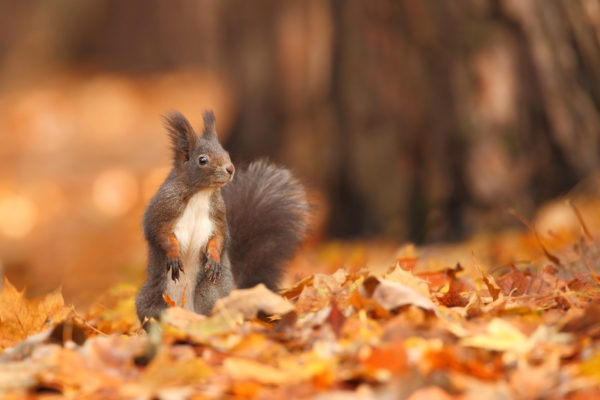
Autumn is right around the corner and it brings with it cooler weather, Halloween, football, and a plethora of new pests. As the weather gets colder, pests will seek shelter, food, and warmth in our homes. Different seasons bring different pests and this time of year is no exception. Here are 7 of the most common fall pests and ways to prevent them from invading your home.
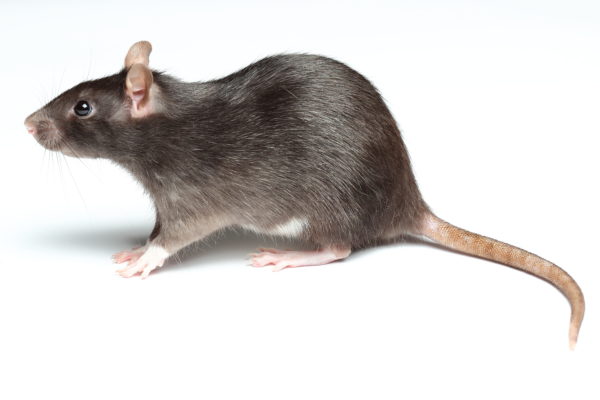
Rats, mice, and squirrels are among the most common rodents seen in the fall. They need food and warmth to survive the cold winter months. Rats are known to carry disease and can cause potential health problems for you and your family. They also get into food storage and chew through wooden supports. They build their nests in your insulation and can cause fires by chewing through electrical wires. They can fit into small gaps and holes to get into your home and bring fleas, mites, ticks, and lice with them.
Rodents can be prevented by:
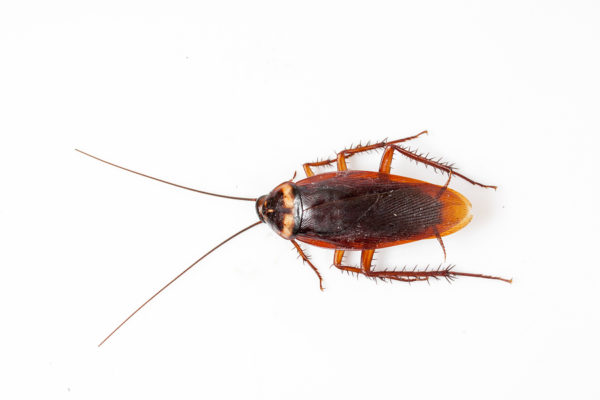
Cockroaches are the most common fall pest. Cockroaches can be dangerous to your health as they are known to carry 33 different types of bacteria and can cause asthma in children. They are large, fast, and extremely resilient. They like to hide near pipes and drains and are commonly seen in kitchens and bathrooms.
Cockroaches can be prevented by:
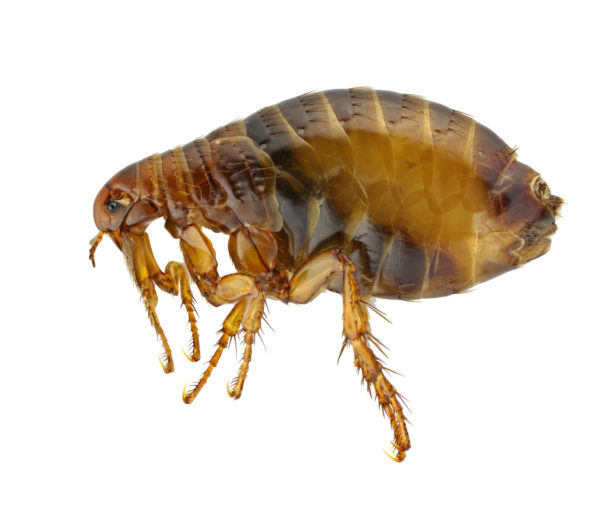
Fleas come into your home on both pets and rodents. While they don’t transmit serious diseases to humans, their bites can be painful and irritating. Fleas can spread throughout your home quickly and can be extremely difficult to get rid of.
Fleas can be prevented by:
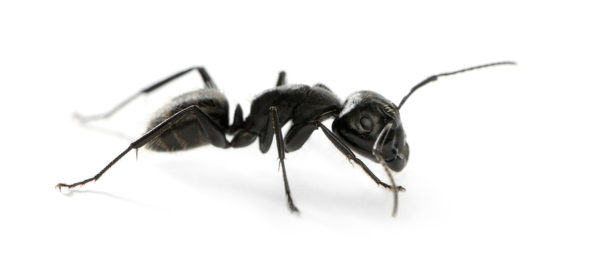
There are several species of ants that are common in the fall. Ants can move into the walls of your home or underneath your foundations and cause significant damage to your home. Carpenter ants can chew through the wood of your home and compromise its structure. Odorous house ants can get into and contaminate your food.
Ants can be prevented by:
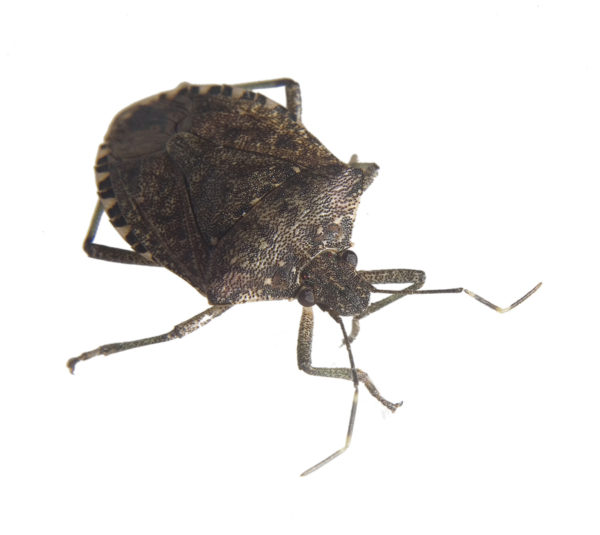
Stink bugs actively seek shelter indoors from the cooler weather of fall. Stink bugs don’t transmit diseases, nor do they bite or sting. They can, however, cause damage to clothing, furniture and other fabrics with their droppings. They emit a strong odor when they are frightened, disturbed, or squashed as a defense mechanism against predators.
Stink bugs can be prevented by:

There is a significant increase in the number and variety of spiders that appear in the fall. Fall is mating season for most spiders so they are actively seeking mates before winter sets in. The most common spiders seen in the fall are house spiders, which are responsible for the cobwebs you often see in your home, wolf spiders, and hobo spiders.
Spiders can be prevented by:
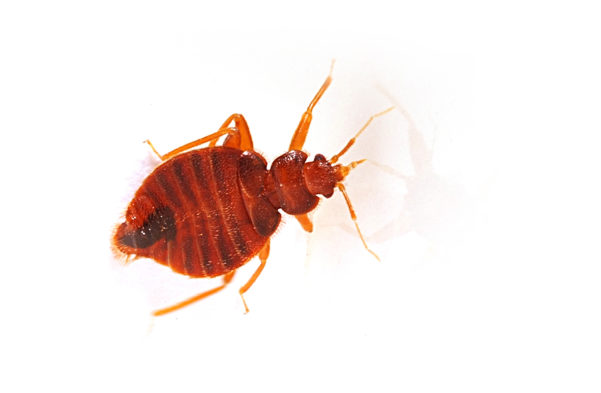
Travel in the fall increases with a large number of sporting events, family gatherings, and students heading back to school and college. Bed bugs ride on clothing, suitcases, and even school bags. While they don’t spread disease, they do leave behind itchy red welts. Bed bugs are extremely difficult to control and eliminate.
Bed bugs can be prevented by:

The Atlantic Hurricane season starts in June and runs through the end of November. The damage of Florence has been felt throughout the southeastern United States and preparations for more potential storms have begun. The rising water and downed trees force pests to seek out shelter, and that often means your home. Here are a few steps you can take to prevent pests from taking refuge in your home during hurricane season:
You and your family’s safety are the number one concern. Consider scheduling a home inspector to come out and look for any other issues you should address in and around your home. Once that’s done, call your local, licensed pest control professional to perform an inspection that could help keep your family safe from pests.
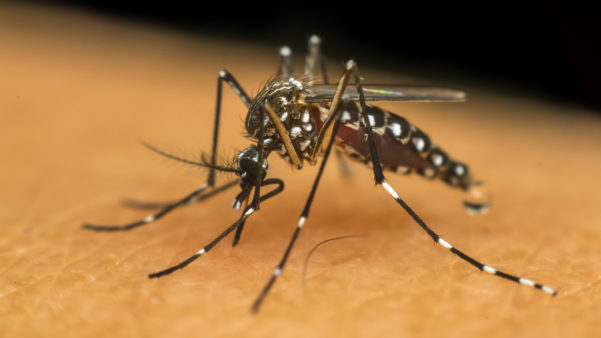
Summer is drawing to a close and, even though the temperatures are cooling off, they haven’t reached the cold level yet. The time is drawing near for the last battle of the year – us versus mosquitoes! That’s right – just because we’ve moved into fall doesn’t mean the end of mosquito season – especially in the south. Mosquitoes are cold-blooded insects and won’t disappear until temperatures are consistently below 50 degrees. In fact, mosquitoes can even still breed in standing water, especially with the extra rain this time of year brings.
So what can you do to not only prepare yourself for this last battle but keep them at bay until the winter months? Make sure to include mosquito prevention in your fall home and yard preparations. Follow these tips to win the battle with mosquitoes!
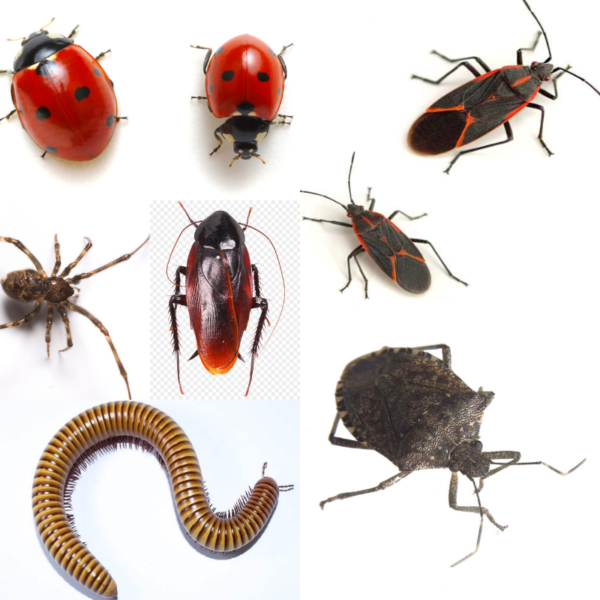
Ladybugs are said to be a sign of good luck, but when you start to find them crawling all over the inside of your home, you don’t feel as lucky.
Ladybugs, or Asian Lady Beetles, are just one of the pests that will try to use your home for overwintering. Overwintering is the process of insects passing the winter season, and your home poses as the ideal habitat for this practice.
Temperatures drop, and pests such as house spiders, boxelder bugs, ladybugs, millipedes, stink bugs, and even smokybrown roaches, will make their way in your home to hide during the cold weather. Come spring, these pests will emerge in and around your home in MASSIVE numbers.
The best preventive measures to stop overwintering pests, luckily enough, are DIY!
If you feel you have an issue with any of these overwintering pests, call you licensed pest professional to schedule an inspection right away.
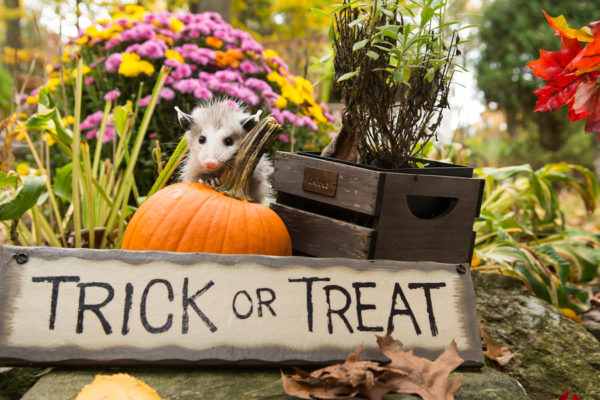
Fall is the perfect time of year to prepare your home for winter. While prepping your yard and storing away your summer things are usually at the top of the list, don’t forget to protect your home from pests this winter also! Fall is prime time for pests to make their way into your house in search of food, shelter, and warmth over the cold winter months.
Rodents will make their way indoors in search of a warm place to shelter for winter. Flies will often be found on the south and west facing walls of your home in search heat. Many stinging insects like yellow jackets, bees, and wasps will become more hostile in the fall as their food supply dwindles. Cockroaches are attracted by the moisture found in and under your home. Other pests like ants, stinkbugs, ladybugs, and box elders will come inside looking for a place to overwinter.
Now that you know what kinds of pests to expect this fall, what can you do to protect your home from these often unseen invaders? Check out these 6 tips to prevent pests this fall.
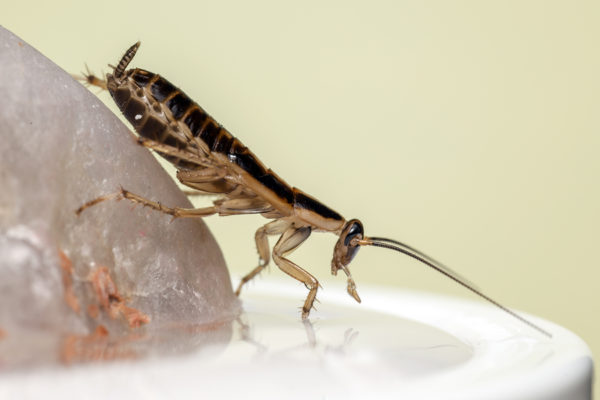
Any type of pest infestation is cause for a headache and panic, but no infestation is more difficult and stress-inducing than that of a German cockroach. They amass inside homes in large numbers, making them difficult to contain.
There are plenty of questions homeowners have when dealing with a possible invasion: “How do I know if this is a German roach?”; “Why are they in my home?”; and “What can I do to get rid of them?” Let’s take a moment to answer these questions.
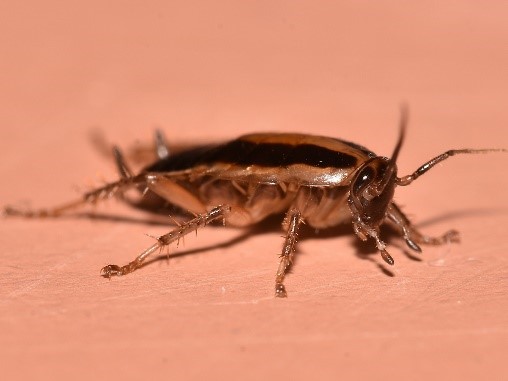
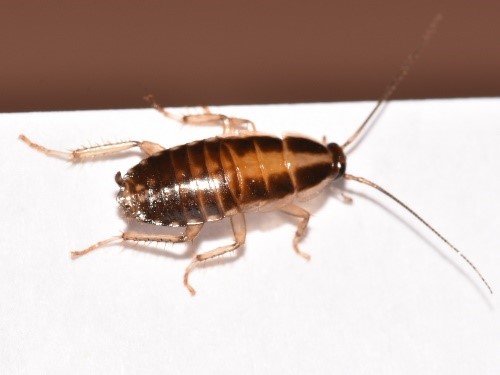
Adult German Cockroach Nymph German Cockroach
German cockroaches are among the smaller of the cockroach species, measuring anywhere between ½” – 5/8” in length. Oval-shaped and light brownish, almost tan, German cockroaches have two identifying, almost parallel, dark lines that run down their back just behind their head.
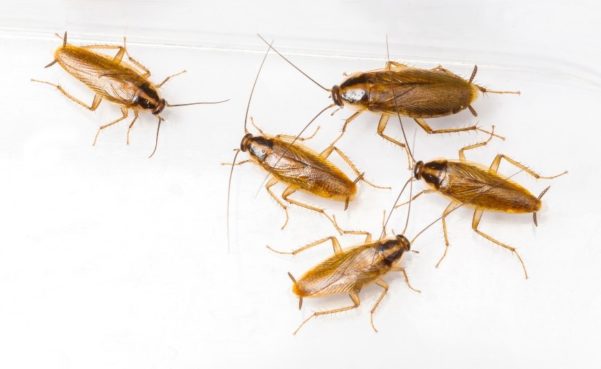
German cockroaches are very good at hitchhiking and can make their way in to your home by way of grocery bags and cardboard boxes. They prefer dark, warm places where they can hide. While they can be found anywhere in a home, they are primarily found in bathrooms and kitchens.
Practicing good sanitation is the best prevention to a German roach infestation. Vacuuming often and looking throughout the home for possible entry points to seal are great preventative measures. A properly ventilated crawl space will help prevent the moisture that German roaches seek out. As always, if you suspect you have a German roach problem, contact your licensed pest professional to set up an inspection as soon as possible.

We’ve all been there. You start cooking and open up the bag of flour only to find a bug staring back at you! Yuck! Stored product pests include both storage and pantry pests and fabric pests. Pantry pests are most commonly found in kitchens and food storage areas. Fabric pests are most commonly found in closets and rooms with a source of fiber, fur, or leather. These pests are often not spotted until they leave their food source to crawl or fly around your home. So what kind of pests are these and what can you do to prevent them? Check out these common storage and pantry pests and our 12 tips to prevent them.
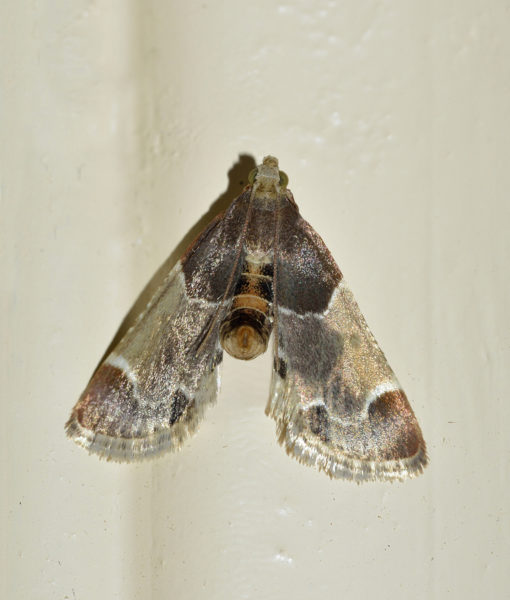
Indian meal moths are one of the most common stored food pests. They are commonly identified by their two toned wing pattern with tan and copper colors. They have a 1/2″ to 5/8″ wingspan. Indian meal moths feed on dried fruits, nuts, chocolate, powdered milk, birdseed, dog food and grains. These moths are most often spotted on ceilings, walls, and countertops. Indian meal moths are usually controlled by removing the infested source of food.
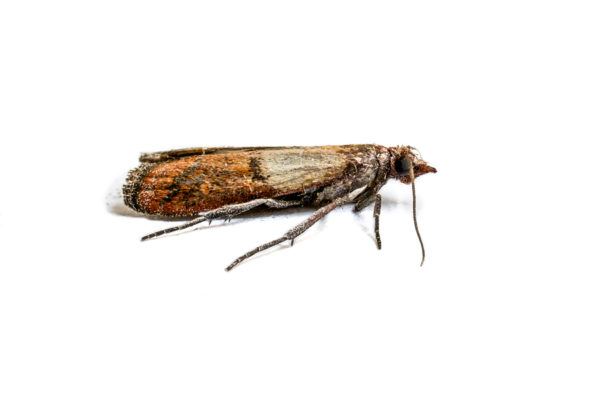
Clothes moths are one of the most common fabric pests. Clothes moths are smaller in size then Indian meal moths. They are identified by their shiny golden scales. Clothes moths are very secretive in nature and are primarily nocturnal. They feed on protein based fibers like wool cloth, carpets, furs, pet hair, piano felts, and natural hair brushes. Infested fabrics can be treated with dry cleaning but this doesn’t prevent reinfestation. Dry cleaned items should be stored in either cold storage or sealed in airtight containers with fresh cedar chips.
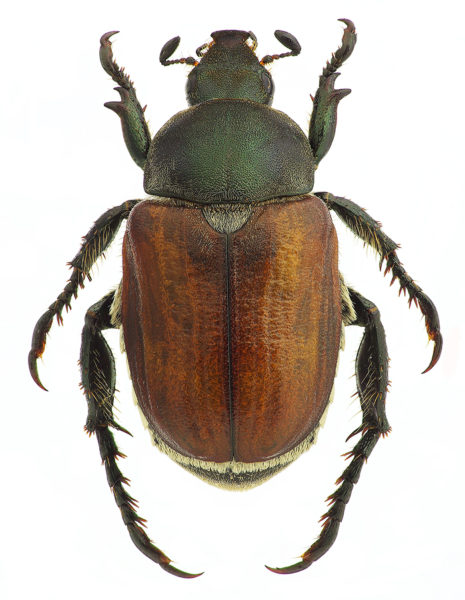
There are several types of beetles that feed on stored food and pantry items. Some of these include weevils, cigarette beetles, , saw toothed grain beetles, larder beetles, mealworms, and flour beetles. These beetles feed on a variety of stored grains, fruits, spices, powdered milk, dried meat, and dead insects. Beetles can be controlled by finding their food source eliminating it. Once eliminated, all non-infested food supplies should be stored in air-tight containers.
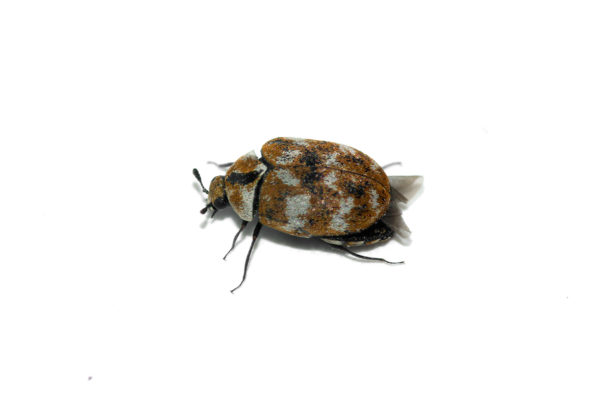
Carpet beetles are the most common fabric pest beetle species. They are small and round with black or mottled wings. Carpet beetles are often mistaken for bedbugs. These beetles will feed on any source of animal protein, fabrics, carpets, and even mounted animal trophies. Carpet beetles can be controlled by inspecting your furs, wool, feathers, silks, and carpets for their presence and treating with heat or cold.

Nestled close to Lake Lanier is Cumming, GA where, during the summer months, many people come to visit to enjoy the lake fun. Cumming, GA also has many full-time residents and offers plenty of pest control companies to keep you and your family pest free all year long. We put together a list of three companies that received positive reviews in the area, in case you’re looking for pest or termite protection.
From one quick “pest control Cumming GA” Google search, you will come across the many pest control companies that service the Cumming, GA or Lake Lanier area. Pest control is an important aspect to any home or business because pests can spread diseases and cause unfortunate damage to your home. As you narrow down your list of companies from online reviews and your own research, consider the other items that may also be important to you, like convenience billing, the ability to bundle multiple services, or possibly a weekend appointment time to ensure that you choose a company that fits your needs.
Aside from reading online reviews and checking out the services that are offered, you can always check with your friends and family to see who they would recommend in the area. Our Northwest Exterminating office in Cumming, GA has been fortunate to service many homes and businesses in the area and offers services from bed bugs to fire ants and most pests in between. We hope as you continue your research companies that you’ll consider Northwest Exterminating as an option for you and your home.

Intercepting Interstate 75 and Interstate 16 is the great city of Macon, GA. Over 90,000 people choose to call Macon home, with the city offering great schools, jobs, entertainment, and yes, pest control options. We rounded up some pest control companies who received good reviews to hopefully aid you in your search for the company that is right for you!
When we’re looking up great pest control options in the area, one of the first things we look at are the reviews that the company has received on websites like Yelp and Google. The reviews usually come from current or previous customers, which can give you a good idea of how it was to work with the company and the service that they provide. Another way for you to determine which company is best for you is by calling your top choices to see A) What services they offer and B) What plan they have for your home. Since every home is different, it is important to work with a company that understands what you need so that you’re not given a “one-size-fits-all” plan.
Our Barnes Exterminating office has been serving the Macon, GA area for over 30 years and recently joined the Northwest Exterminating family. The Barnes team members would be more than happy to answer any questions you may have or quote you on services that your home may need. We know how important it is to come home to a house that is inviting, not falling apart from termites or invaded by ants. Our team can help protect your home from pests, termites, mosquitoes, and more.
We hope one of the companies above will be able to help protect your home from pests and we also hope that you will consider Barnes Exterminating as you continue your research. If you have additional questions about what pests are bothering you and your home, take a look at our Identify Your Pest page for more information or give our Barnes office a call today.